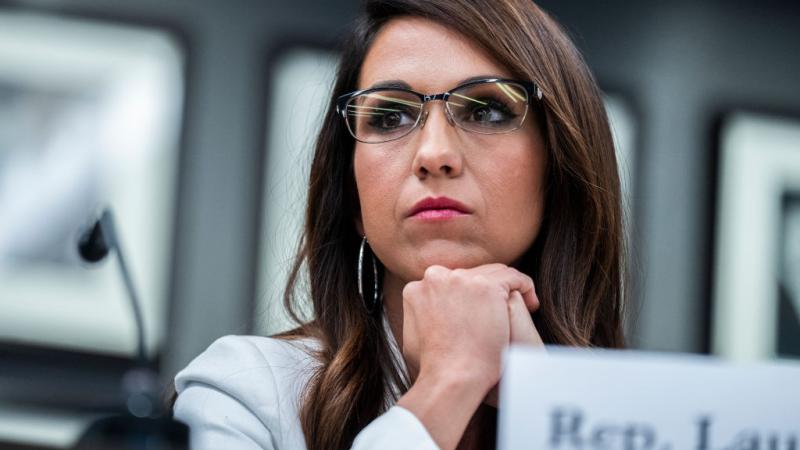Black, Hispanic COVID-19 vaccination rates lagging, according to CDC
Demographic reality is overlooked in the ongoing media focus on rural white aversion to vaccines as obstacle to national vaccination goals.
Black and Hispanic Americans are statistically underrepresented among those receiving COVID-19 vaccinations, according to data compiled by the Centers for Disease Control and Prevention — a demographic reality overlooked in the ongoing media focus on rural white aversion to the vaccines as the stumbling block to national vaccination goals.
As of May 15, black Americans constituted only 8.9% of those who received at least one dose of the vaccine despite being 12.4% of the U.S. population. Hispanic Americans, meanwhile, are 17.2% of the population, but only make up 13.3% of the total with at least one dose.
Interpretations vary as to the reasons for those discrepancies. Some commentators and experts have argued that both demographic groups are simply less likely to have access to a vaccine, whether due to distance from a vaccination site, hectic schedules, or lack of knowledge of the vaccine campaign itself.
Others have pointed to the medical history of the United States as a possible contributing factor, at least for African-Americans. Historically, black Americans have experienced considerable racism at the hands of white medical authorities, with high-profile medical scandals such as the Tuskegee syphilis experiment implicating both medical officials and the U.S. government itself in the abuse of black patients.
Polling has indicated that blacks are significantly more likely to distrust doctors than whites are, in part due to what they claim are not historical but present-day experiences of racism in the medical industry. Some studies have indicated similar levels of distrust for Hispanics.
Yet vaccine-specific opinion data paint a more complex picture. Multiple polls have shown that white, rural Republicans are among the most vaccine-hesitant of polled demographics in the country.
Dr. Andrew Campbell, a professor of surgery at the University of California, San Francisco, pointed to those numbers as evidence that the low vaccine rates among nonwhites is "more of a question of access" than one of hesitancy.
"You talk to [black Americans] about hesitancy, and you can actually get them to come around and take the vaccine," he said. "Their concerns about experimental, rushed vaccines— if you can actually get them good information, you can actually get them to come around."
CDC data do suggest that any reluctance among blacks and Hispanics may be abating, with the proportions of those groups rising among the newly vaccinated. As of May 15, blacks and Hispanics represented 10.7% and 24.5%, respectively, of those who initiated vaccination within the last 14 days. Targeted information campaigns and expanded availability of the vaccine could partly explain that jump.
Campbell pointed to initiatives such as Philadelphia's Black Doctors Consortium as examples of successful efforts to vaccinate more nonwhite citizens.
"They actually went out into the community, and by doing that they're vaccinating thousands and thousands of people every day," he said.
Ultimately, he said, the effort depends upon open and thorough communication between medical officials and those with some trepidation about being injected with the vaccine.
"You got to answer the questions," he said. "You got to answer their questions."
















